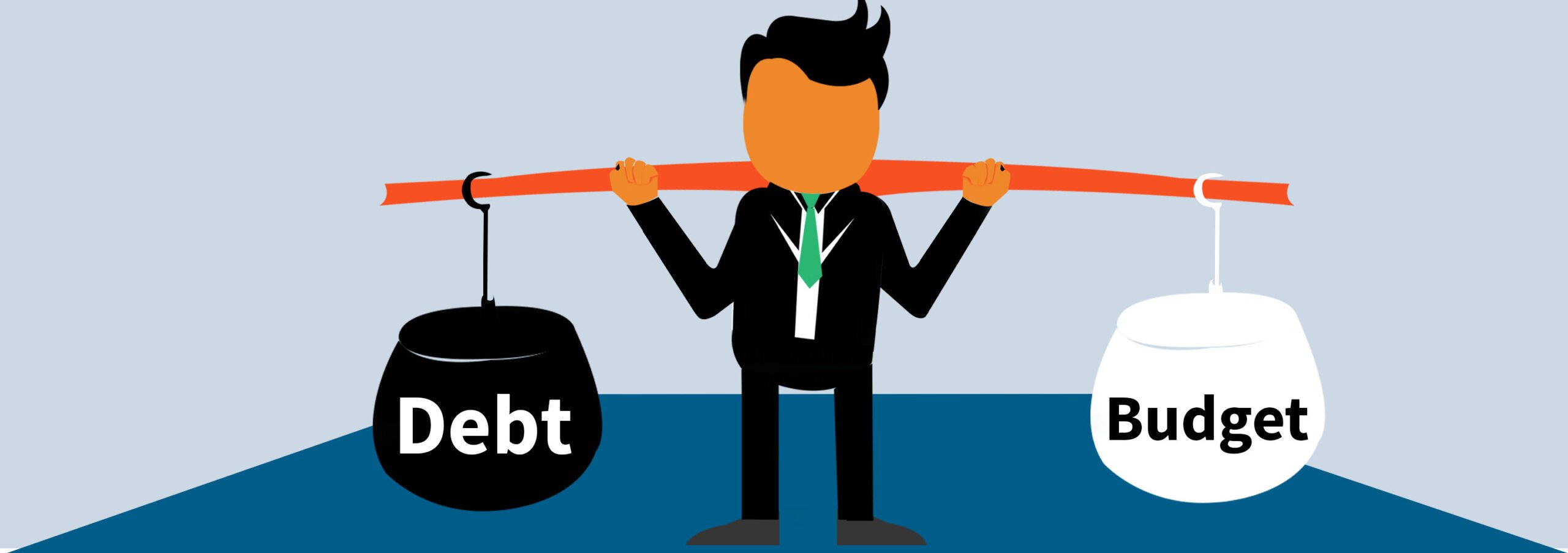Generally, nonprofit organizations assess their financial health using metrics like funds received and overhead costs. While these metrics are essential, they have their shortcomings; they don’t measure the real success.
Nonprofits can assess their financial position with the help of these four financial reporting statements:
- balance sheet
- income statement
- statement of cash flow
- and statement of functional financial expenses
Here’s how it works:
Balance sheet
A balance sheet is also known as a “statement of financial position”, which already says a lot. It’s based on this accounting formula: Assets = Liability + Owner’s Equity. In simple terms this means:
- Assets = the property, equipment, donations and charity inventory that will provide the organization with a future benefit.
- Liabilities = all obligations charities must pay, including lease payments, debts, and other account fees.
- Owner’s equity = that portion of funds that belongs to the charity organization.
Income statement
The income statement is also referred to as a statement of activity. The accounting formula used here is: Revenue – Expenses = Net income.
- Revenue is all cash inflows into the charity bank account.
- Expenses are the costs associated with operating charity programs.
- Net income is the difference between the revenue and expenses.
Statement of cash flow
The statement of cash flow used by charity organizations is similar to that used by a for-profit business. It breaks down these three activities:
- Operating activities
- Investing activities
- Financing activities
Statement of functional expenses
As an alternative to the income statement, accountants measure the nonprofit’s financial position using the Statement of Functional Expenses. This statement helps charity leaders to track spend. The statement breaks expenses into three categories:
- Program Expenses: goods and services distributed to fulfill the purpose of the organization.
- Administrative expenses: costs of business management, record keeping, budgeting, finance and other management and administrative activities.
- Fundraising expenses: costs of fund-raising campaigns and events.
The best financial indicators that nonprofit COOs and CFOs should use:
Revenue reliability
Charities should evaluate revenue reliability to assess their potential of receiving recurring income. This gives charity leaders a good idea of how the organization is faring financially. They can do this by tracking the sources of received funds i.e the revenue stream from monthly donations?
Reliable revenue can cover operating expenses incurred over the year. However, this does not mean that an increase in revenue indicates growth. Organizations would have to assess their debts before they can calculate that.
Ability to service debt
 Conventionally, debt is an important indicator of how solvent an organization is. A charity organization struggling to pay its obligations will certainly close its doors. A well-managed organization should set revenue targets high enough to pay off its debt within a few years.
Conventionally, debt is an important indicator of how solvent an organization is. A charity organization struggling to pay its obligations will certainly close its doors. A well-managed organization should set revenue targets high enough to pay off its debt within a few years.
Tweet this: Charity organizations are more susceptible to fraud than for-profit organizations.
Ability to manage assets
A charity that is in top form manages its assets effectively. If assets like vehicles have accumulated a book value, they are sold and replaced immediately. A depreciation value of fixed assets such as furniture and equipment is evaluated on a yearly basis.
Ability to control purchases
Charity organizations are more susceptible to fraud than for-profit organizations. Purchases often open up opportunities for theft. The good news is that technology has made control of purchases easier than ever before.
A purchase order system like Procurementexpress.com allows charity leaders to be in control of their purchases. This software allows charity organizations to:
- Make use of four different role associations to help distinguish between different access levels and users who can raise POs vs approvers.
- A team member has the ability to raise PO’s and only has access to those PO’s raised by him/her.
- Approval rules can be customized to allow higher level management to approve bigger purchase amounts.
5. Ability to control budgets
The budget plays an important role in making sure that the available funds complete all programs and where possible, sufficient funds are left over to raise more funds for next year. An organization with defective budgeting methods has a slim chance of surviving tough economic conditions.
With Procurementexpress.com, each department can have its budgets and dedicated approvers. Decision makers can approve POs wherever they are, even while rushing to the next fundraising event.
Sign up for a free trial today and start budgeting well. Procurementexpress.com’s team is available 24/7 just to make sure that you can budget like a pro. If you’d like more info about Procurementexpress.com (an automated purchase control system), please contact: [email protected]
Which system does your organization use to budget?




